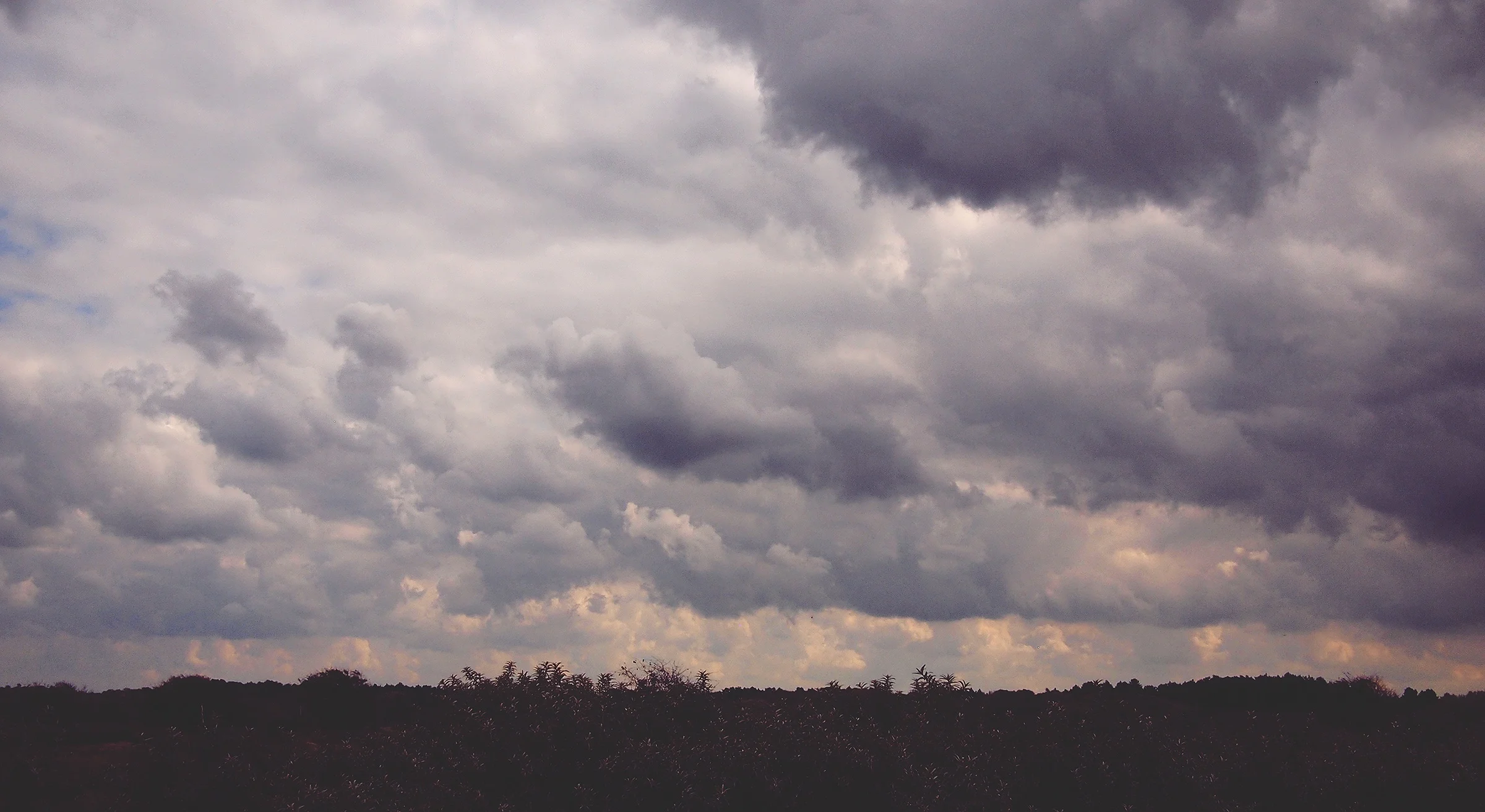The month of March has been designated as Women's History Month since 1987. Although accomplishments and contributions of women throughout history have been shunned by history books, women have played, and continue to play, a vital role in the course of human civilization. From raising families to leading armies, women have made untold contributions to history.
As a teacher of art history, I am well aware of how female artists have been left out of art history books. When I attended Bowdoin College in the 70s, not one female artist was discussed in class or recorded in publications. Female artists were quickly forgotten or their works were attributed to their male teachers and colleagues. They were not allowed to attend ateliers and draw the nude, so more often than not they painted the still life and the portrait, both not as highly regarded as the history painting, which in the hierarchy of genres is the most elevated.
Luckily, over the past forty years women artists are being recognized more and more. They are now included in newer editions of art history books. Courses on the female artist are being taught on a collegiate level. More artists are being discovered, artists who painted alongside great masters as Leonardo da Vinci, Michelangelo, Caravaggio, Jacques Louis David, Auguste Rodin…Two very strong female artists I want to discuss are the 17th-century Italian Baroque painter, Artemisia Gentileschi, and the twentieth-century Russian born German Expressionist, Kathe Kollwitz.
Artemisia Gentileschi (July 8, 1593 – c. 1656) is today considered one of the most accomplished painters in the generation following that of Caravaggio. In an era when women painters were not easily accepted by the artistic community or patrons, she was the first woman to become a member of the Accademia di Arte del Disegno in Florence.
She painted many pictures of strong and suffering women from myths and the Bible – victims, suicides, warriors. The majority of her works show women as protagonists or as an equal to men.
Her best-known work, “Judith Slaying Holofernes”, is a dramatic, brutally graphic version of the biblical scene, where Holofernes is decapitated by Judith and her handmaiden. The fact that she was a woman painting in the seventeenth century and that she was raped and participated in the prosecution of the rapist long overshadowed her achievements as an artist for centuries. Luckily, this is no longer the case!
Artemisia Gentileschi. Judith Slaying Holofernes.
Kathe Kollwitz was a masterful draftsman, printmaker and sculptor. She produced powerful treatments of such universal subjects as poverty and sorrow. Her incomparably moving images of mothers grieving for their dead children are based, in part, on longstanding German artistic tradition. But they also came from her own experience, her eldest son having been killed in the first weeks of WWI and a grandson in WWII. In her sculptures, as well as her prints and drawings, Kollwitz eloquently communicated the extraordinary compassion of her response to such tragedies.
This sculpture is a tribute to her friend and fellow artist, Ernst Barlach, who was prohibited from working as a sculptor, and whose membership in the art academies was canceled due to the Nazi regime. He died in grief and despair. She uses her own face and hands here. She exaggerates the hands. They are very large and heavy, expressing the sorrow for Germany as it falls into the hands of Hitler.
What a gift it is for all of us to have such legacies as Gentilleschi and Kollwitz! They, along with countless well-known women, experienced the same life experiences, whether tragedy or joy, as we all do. We are never alone.
Kathe Kollwitz. Lamentation: In Memory of Ernst Barlach. 1938.







